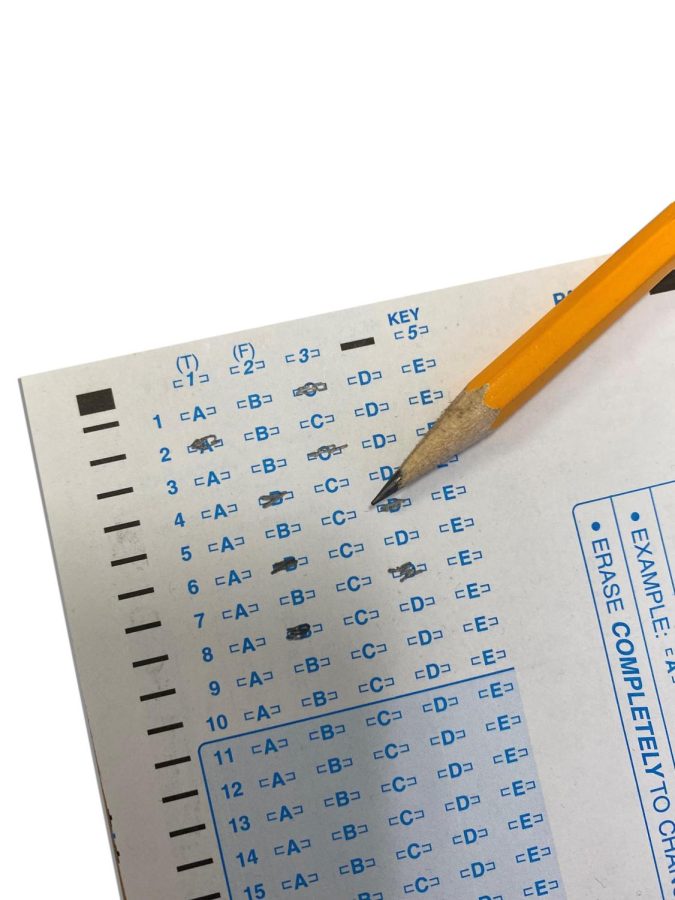Keystone test participation dips
Fears of learning loss due to pandemic persist with lower participation rates in Pennsylvania.
June 16, 2022
Pennsylvania standardized test scores noticeably dipped in 2021 according to figures on the Pennsylvania Department of Education website, alarming educators and parents who fear that learning loss will become a lasting legacy of the COVID-19 pandemic.
Now is not the time to panic, state officials say.
Only 71 percent of eligible PA students took the Pennsylvania System of School Assessment (PSSA) for third through eighth grade, a dramatic drop from pre-pandemic numbers. For example, 98 percent of students took the tests during the 2018-19 school year. A Philadelphia Inquirer graphic tells a similar story for high schoolers, who saw an approximate 50% decrease in Keystone Exam participation.
“Sharply reduced student participation rates… make comparisons between school entities and across school years improper,” said Sherri Smith to the Inquirer. She is Pennsylvania’s Deputy Secretary for Elementary and Secondary Education.
While reduced sample size does make it difficult to draw definitive conclusions about the damage of virtual and hybrid learning, the data is simply too striking to ignore, warns Mary Jean Tecce DeCarlo, an associate professor of literacy studies at Drexel University.
“My first thought is, this is what we feared,” DeCarlo told the Inquirer. “I do think this represents a real drop.”
Participation numbers for even high-performing school districts — including Spring-Ford — underperformed compared to years past, per 2021 school-level data published by PDE. For many districts, the 2022 standardized testing cycle will be treated as an indicator of how deep-rooted learning loss may be.
Though administrators are generally preaching calm among concerned parents, the stakes are high: efforts to get students caught-up can be difficult, especially among younger students who resist additional instruction during the summer months, and can place more stress on the school system as a whole.
Though the effects of pandemic-era learning were evident across the state, districts’ socioeconomic breakdowns appeared to play a role in exam struggles as well. Declines in standardized testing success hit underfunded school districts the worst. The School District of Philadelphia, which faced many challenges ranging from laptop deployment to a lack of in-person learning infrastructure, saw significant drops, particularly in literature proficiency in both primary and secondary schools.
Despite last year’s disappointing results, parents and educators are hopeful that 2022’s transition to in-person instruction will help erase the troubles brought on by the pandemic. Whether or not this is the case, of course, remains to be seen.

